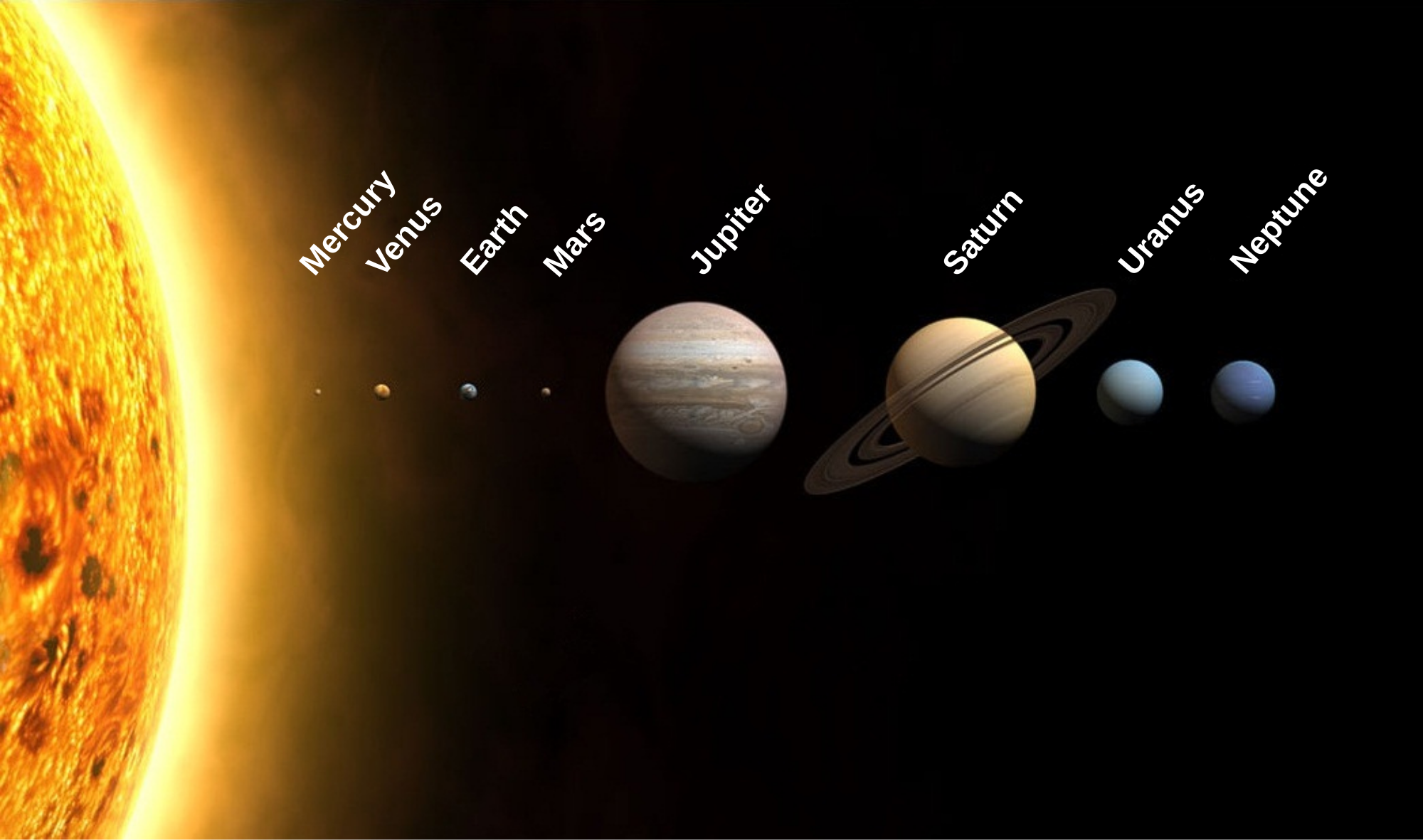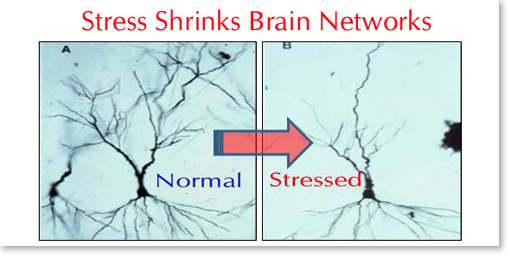| http://www.nobelprize.org/nobel_prizes/medicine/laureates/2015/tu_postcard.jpg |
Summary
Tu Youyou is an accomplished Chinese pharmaceutical chemist as well as educator. She was born on December 30, 1930 in Ningbo, China and is currently 87 years old. Also, she has won many awards including the Nobel Prize in Physiology or Medicine 2015 and is best known for discovering artemisinin and dihydroartemisinin which she found could be used for treating malaria. Tu Youyou primarily conducted her research at the China Academy of Chinese Medical Sciences (Beijing, China) and went to the Peking University Medical School and Beijing Medical College. Tu Youyou has saved millions of lives with her scientific research and findings.
SP8: Communicating Information
I communicated information when I created a scientist wanted poster on Tu Youyou and shared my findings in a flipgrid to the class. In the flipgrid I summarized what I researched in a video and shared the link to my poster so my classmates can learn more about my scientist if they want. In addition to that, I commented on another students post about their scientist starting a discussion on the information they presented.










